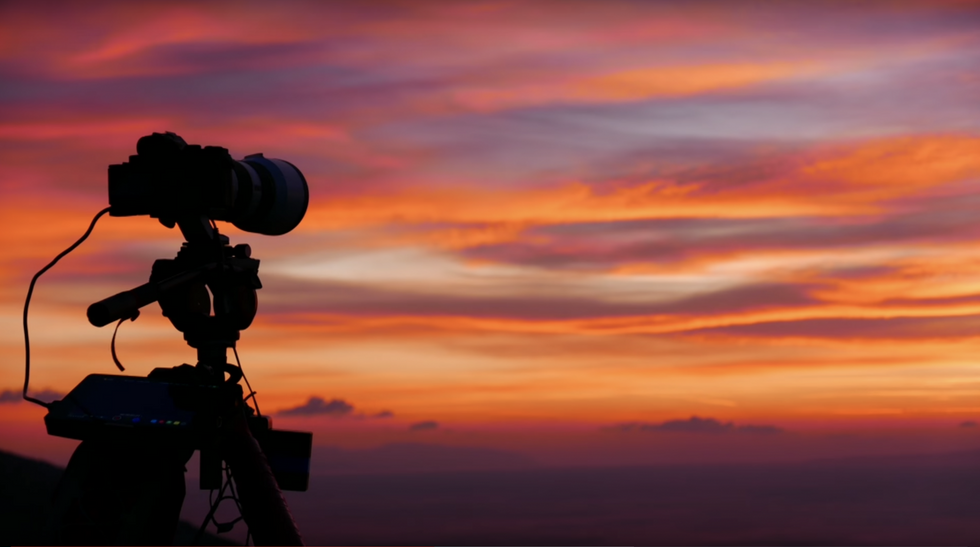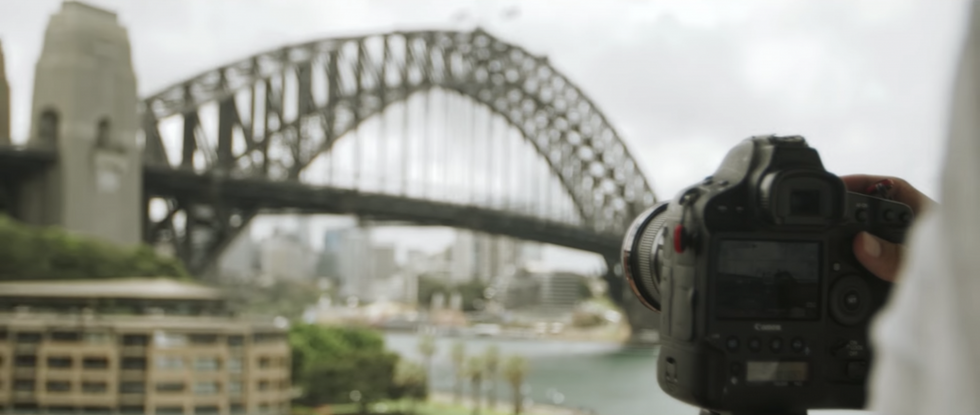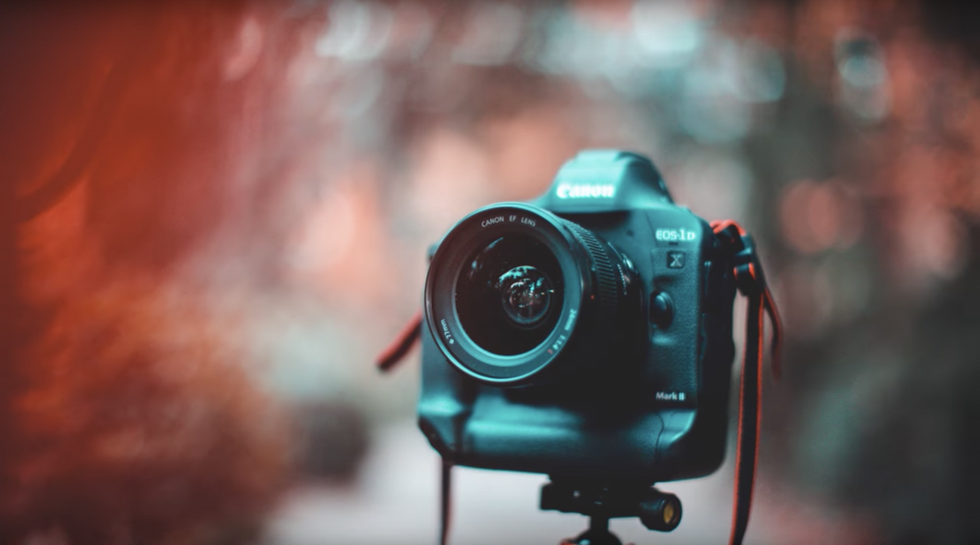12 Unique Directing Tips from Working Directors
Words of wisdom from those on the cinematic front lines.
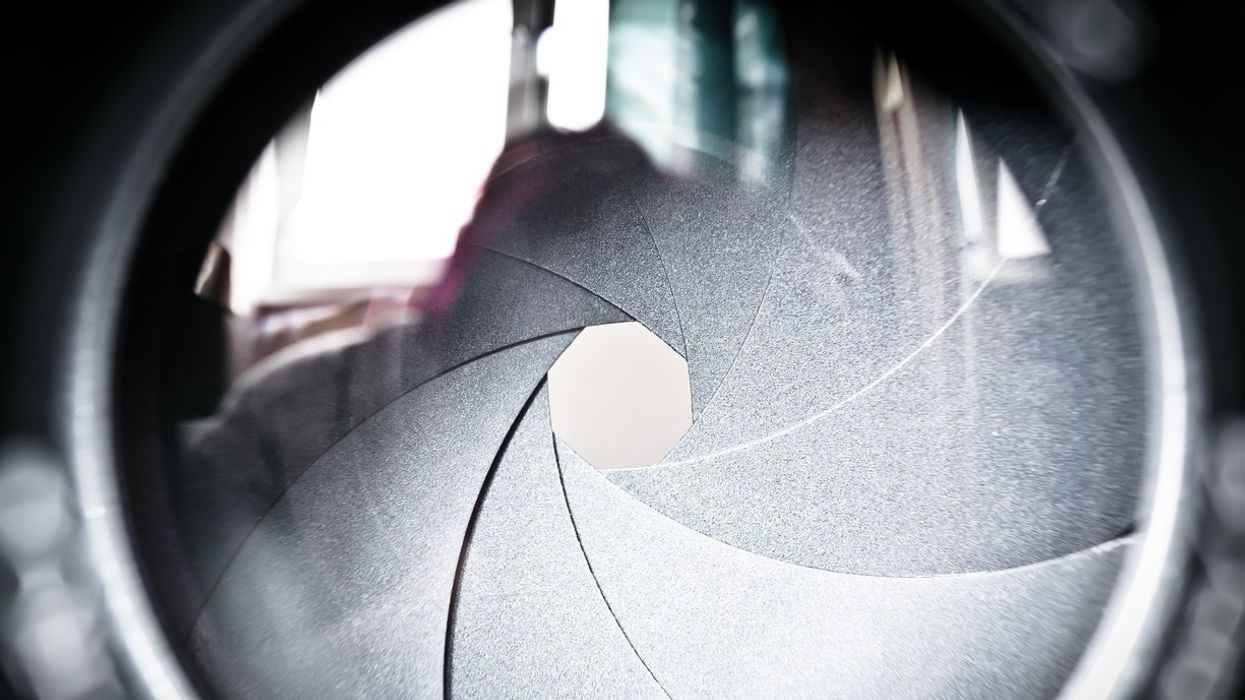
Some directors make neat, organized spreadsheets, and others just scribble thoughts in the margins of a script.
Some have never touched a camera, others dig into lens size, color temperature, and shutter speed.
Some sit behind a monitor and watch, others prefer to be up close with the talent.
Whether you went to an amazing film school or learned all your filmmaking skills from books and audio commentary tracks, eventually you’re going to develop your own directing style. And as long as everyone in front of the camera and behind is happy and working well, you have a lot of flexibility in how you do it.
Other crew members get to work on lots of different sets and see how different directors operate, the good and the bad. If you’re a director though, you’re always just kind of on your own set and in your own head.
In my last article, I talked about some of the things crew members see that directors could improve on. In this one, I asked 12 different directors share a little insight into their directing process. These directors have had box office smash hits or have directed commercials that you’ve seen a hundred times.
I asked for tips that were unique to them, things that aren’t in every filmmaking blog.
Like, I have a tip that sounds horrible on its face, but despite how bad it sounds, it’s made a huge difference in some of my work.
Find the Missing Shot
On the drive to set, I think of the shot I’m missing or a shot that I can upgrade. By this time, I’ve scouted every location, shot listed or storyboarded every shot, worked with the actors and everybody on the crew knows the game plan. I’ve thought through every possible shot and edit, and internalized the whole project.
I know the limitations of time and gear, and that seems to be the perfect time to add that one last little something cool to the shoot. So, I think about the shot that I’m missing.
On the drive to set in the morning, I force myself to consider if I’m doing everything I can with the material. I’ll walk through the scene or the commercial in my head, think about what could be improved, and see if inspiration strikes.
Maybe it’s combining two static shots into one with a cool dolly move. Sometimes it’s a fun transition from one shot to another. Or it could be the way I introduce a character. If it makes me think, “Oh yeah, that’d be cool” I’ll talk to the first AD as soon as I get to set and make it happen.
Every time I’ve done this, it’s always made for a better video, even if it caused a tiny bit of chaos on the day.
Okay, on to the good stuff! Here are 12 tips from awesome directors, everything from scout tips to editing to working with actors to fresh breath. I hope there’s something in here that inspires you.
Make a Gang
Jeff Tremaine (The Dirt, Bad Grandpa, Jackass)
One thing that I’ve done on all my movies and shows, whether I realized it or not, is make a gang. After wrap, we’d go out to a dive bar and punish our livers for a bit. We’d hang out, we’d stir shit up. And that led to the cast and crew bonding together.
When shooting The Dirt, I wanted to take the movie to shoot in New Orleans, away from Los Angeles and everything that was comfortable for us. There was no going home at night to see our families, or hang out with our friends on the weekend. We were on an island together. That had its own challenges, but I feel it really helped make the movie great.
This bonding really helped the actors come together as the band in a real way. We even had the actors go to “band camp” to learn how to play with the actual band. This is a movie about one of the gnarliest 80’s hair metal bands. It’s loud, dirty and fun. The actors took it seriously, they wanted it to feel real, and that meant that we needed to go out together and drink fifty beers.
And if you hire crew who are great at their job, really care about the project, and understand what you want, they will take care of making your movie look great. Then you can concentrate on working with the actors and creating a world for your film.
It worked though. We became a family, both in front of the camera and behind, and it made for a great movie.
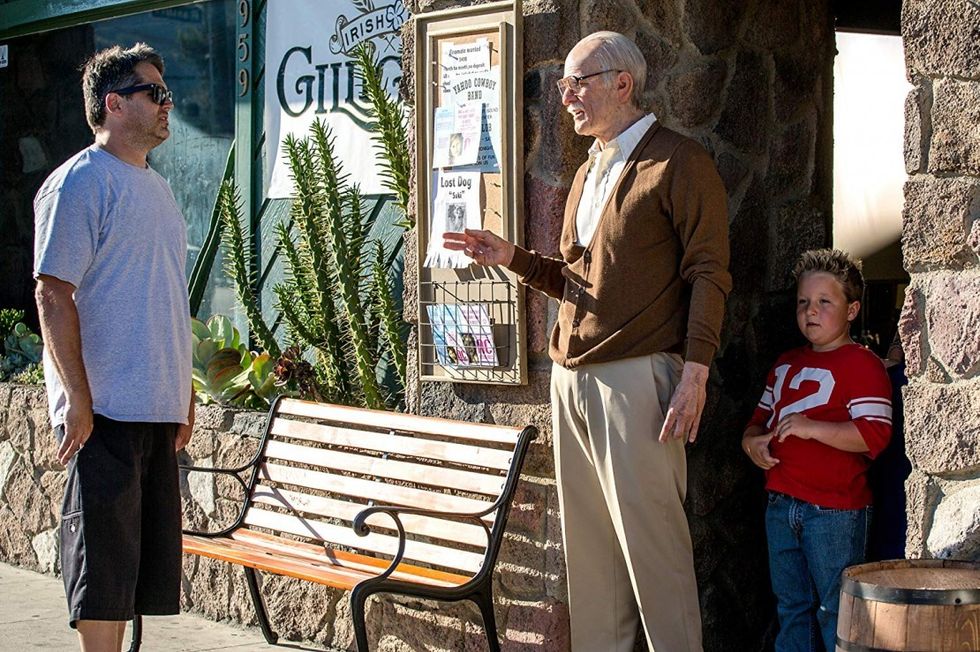
Travel Light, With Fresh Breath
Jordan Brady (Commercial Director, Host of Respect the Process)
On shoot days, I like to arrive early and spend a few minutes looking over the call sheet. It’s nice to learn any new names on the crew, that way I don’t just refer to everyone by the gear they’re currently holding. Everyone working on my crew is vital to the shoot, and simply learning their name shows that I respect that.
I try to have as little stuff on me during the shoot day. But I always have my director’s shooting boards. I print them out, put them on a trifold, and keep them next to me at all times. That way I have the entire spot in front of me, can think about how each shot will edit with the next, and see how the whole commercial will flow. It helps keep me focused, while also seeing the big picture.
And this next one is a tip that you’ll probably never hear another director say. But it’s so great that I’ve had crew members tell me months later how much they appreciate it.
After lunch, I have a PA walk around set with a tray of gum, mouth wash, and those little flavored teeth cleaners. Everyone on the crew and everyone from the agency can grab whatever they want and have fresh breath and clean mouths.
Filmmaking is an up close and personal business and no one loves having hot chicken tikka breathed into their face. This “tray of freshness,” as I call it, is like a little after lunch reset button that starts off the 2nd part of our day nice and minty.
Say Their Name
Jeremy Konner (Drunk History, Another Period)
This is a tip for working with actors, and being conscious of it has made the flow of shooting go so much smoother and easier (especially when you’re an hour or two behind and everyone and everything is tense).
This is my advice: Say. People's. Names.
Not because it is polite (although also a great reason), but because it eliminates so much unnecessary confusion.
This is something that took me YEARS to realize, but it’s so important and so easy. Say people's name. It’s that simple. I used to just yell to the set, “Can we do that again, but can you turn your shoulder to camera!” or “Can we try one where you walk away at the end?”
And I’d yell that to 4 actors at the same time.
On the monitor in front of me there is a close up of ONE person, so it’s super clear to me. But only me. It is NOT clear to anyone else. Definitely not the actors who are all trying to figure out who I am talking to.
But ALSO it's not clear to the DP who will have to move a light if one of those actors move, or the costumer who is going to change a taped scarf if the actor is turning around, or the sound department who now need to move a mic pack.
It's really easy: The clearer you are at the BEGINNING of a sentence, saying the name of the person you are about to talk to leads to less confusion all around. So simple. But it literally took me years.
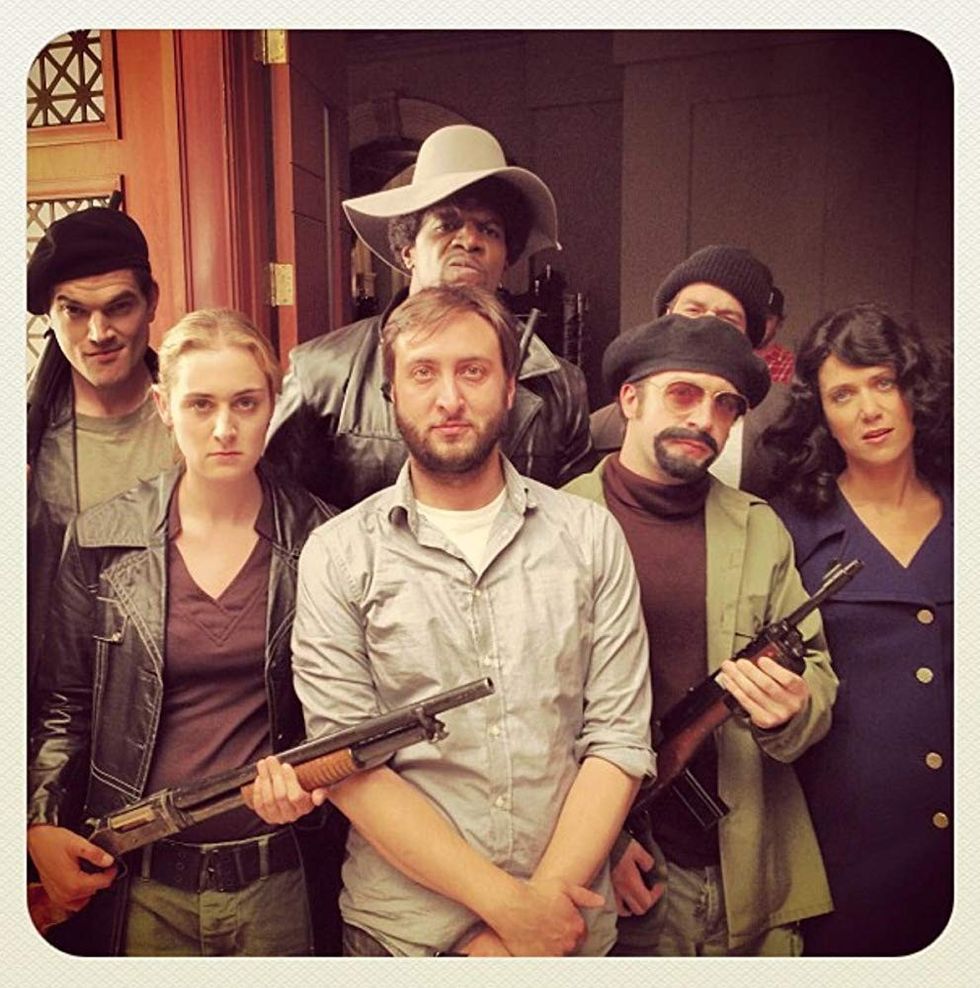
Edit Without Picture
Fatal Farm (Key & Peele, Commercials, Lasagna Cat)
This tip might be better categorized as an ‘editorial’ tip, but since ‘directing’ touches on all aspects of production, I think it’s fair to share.
After making an assembly edit, I will sometimes deactivate the video tracks and edit dialog, SFX, and music independent of picture. Pacing and rhythm are much more auditory than visual, so sometimes crafting the scene as you want to hear it better prioritizes trims and shot selections than does cutting picture.
I think that’s because there’s more pattern familiarity involved with sound than there is with picture. When a song has a drop out, you instinctively know when the lyrics are coming back…and you know when the beat is going to drop on a track even if you’ve never heard it before.
In the same sense, there’s an intuitively ‘correct’ time for a dialog punchline to land, or a hard effect to punctuate a scene, or for there to be a stinger music cue. And this ‘correct’ time doesn’t always agree with a dolly move or jib move you might be overly proud of and holding on to too much. So, try editing the radio play version of a scene and conforming picture to it.
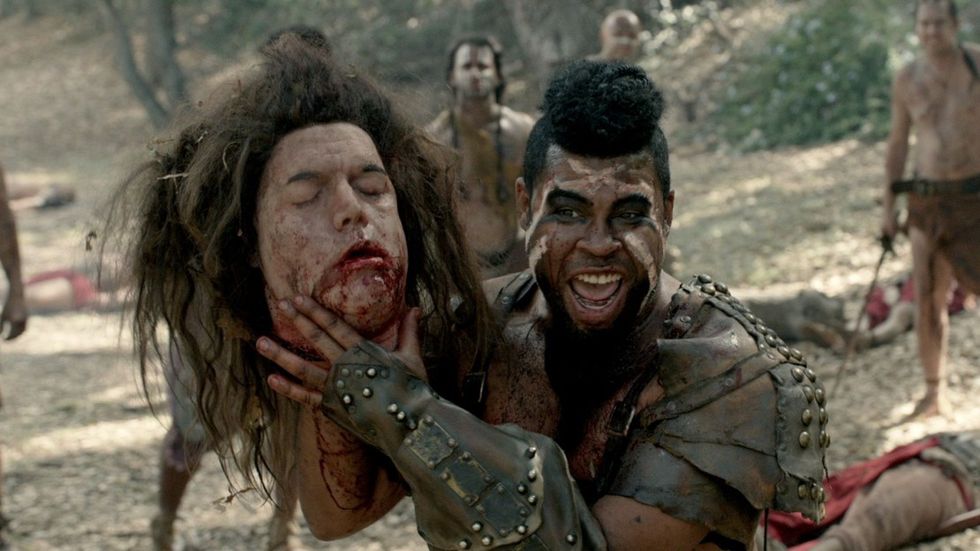
Get a Crappy Camcorder
Danny Jelinek (Children’s Hospital, Last Week Tonight With John Oliver)
I’ve noticed this tip sometimes lands on fellow directors with a certain, “Oh, that’s a good idea,” kind of reaction.
My tip: I always take a small camcorder on location scouts. I use a cheap, out-of-date Canon Vixia and shoot with reckless abandon.
If something we walk by is at all interesting, I shoot it, even if I have no good reason to. If there’s a detail in a room I like, I can zoom in on it. I try out shots, camera moves, angles, etc. Later, when I’m picking locations, I scan through the footage and inevitably pick up on something I missed.
Down the road, when shot listing, this wealth of footage keeps the location fresh in my head. Yes, it’s true, this can all technically be accomplished with a phone or DSLR. But I’m much more discerning when I use those. With this small camcorder, a card that never needs to be offloaded, and a battery that lasts all day, I’ll always get the interesting stuff filmed.
It’s the “shoot everything" nature of a camcorder that makes it the perfect scout tool.
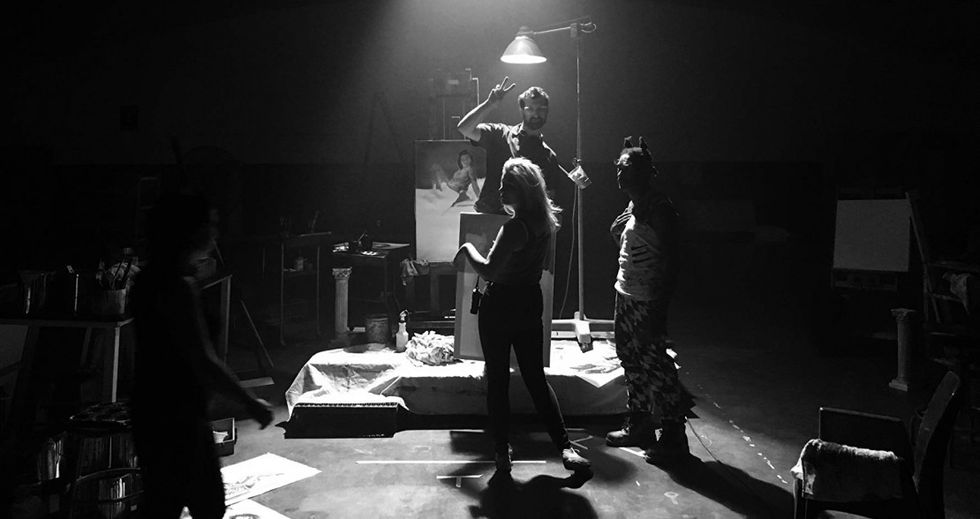
Get the Silent Take
Matt Enlow (College Humor, Commercial Director, Host of “Just Shoot It”)
Prioritize non-verbal coverage. Reaction shots are almost always the ones that get the biggest laughs, and they're so easy to overlook when you're shooting. Just nailing dialogue is only half the scene. Prioritizing great reactions, whether it's a silent take, or going for more coverage than seems necessary at the moment, means you know your scene is actually going to be funny. You'll get the dialogue no matter what, but you need to remind yourself to get great reactions.
Also, drink your coffee on the way to work. Every director should show up a bit early to have breakfast and bond with the crew, but we all know that in reality, as soon as you step foot on set, you're working. Whether you're talking over performance, blocking, shots -- whatever, as soon as you're in a crew member's eye line, you need to be ready to answer questions. So get caffeinated on the drive to set. It's much more pleasurable, and you'll be ready to rock by the time you're needed.
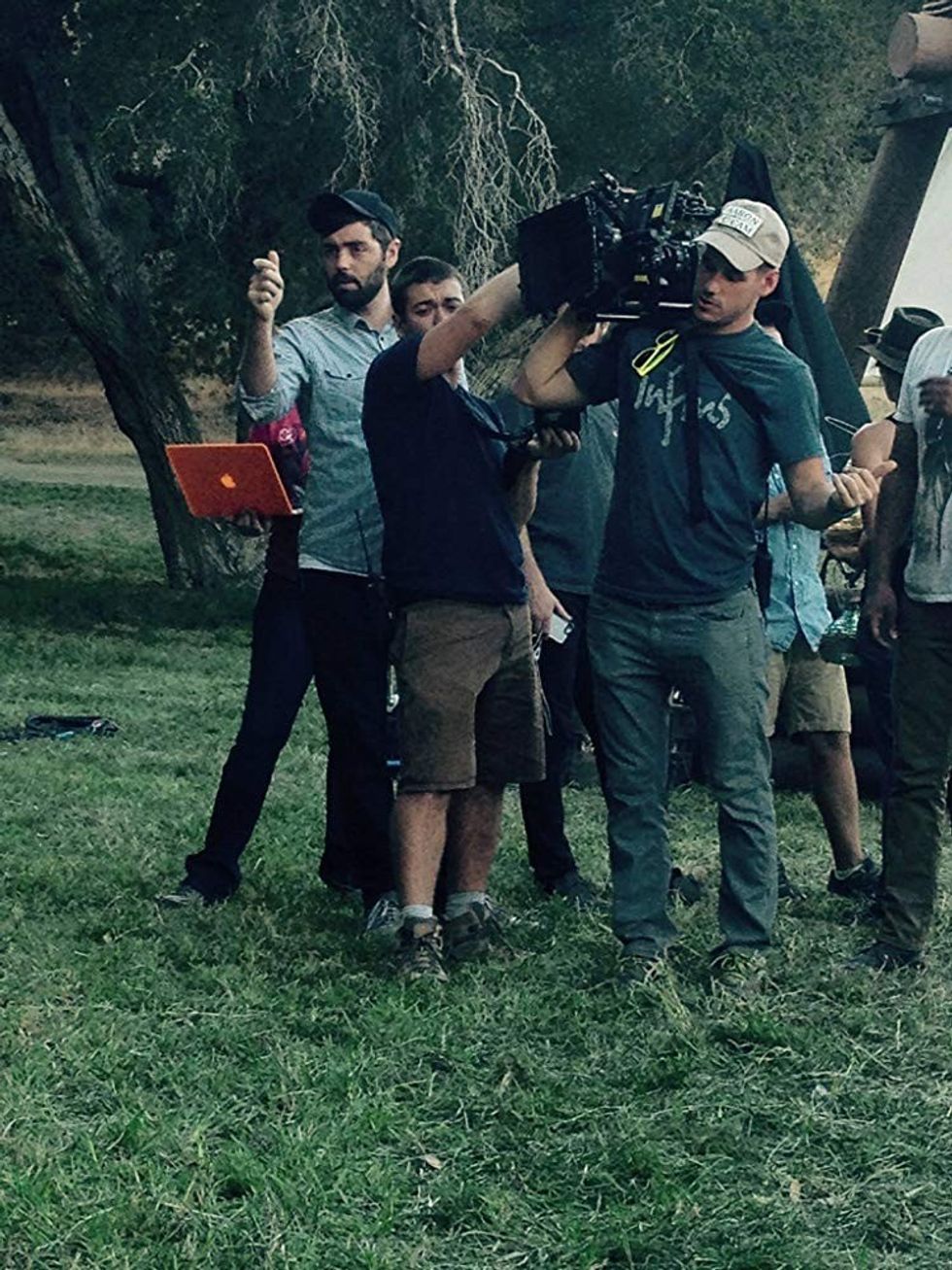
The Establishment
Oren Kaplan (Commercial Director, Host of “Just Shoot It”)
For longer-form work, don't forget the establishing shots. I can't tell you how many times cutting to a house exterior or aerial of mountains has fixed pacing issues in an edit for me. Nobody wants to go from a medium shot of one person in a room to another medium shot of another person in another room, unless there's a very specific transition. Those shots of cars driving, events happening, houses sitting in a quiet suburban neighborhood just before the bomb goes off, they are what give your project scope. And they can be easy to forget or to punt on during production.
Don't be like me and end up relying on some sub-par 29.97fps 480i shot from Pond5 to establish your setting.
Also, get feedback from everyone you can. If a note you get on a script or edit really bothers you on an emotional level, it's probably a sign that it’s a good note that needs to be addressed, no matter how much you hate it.
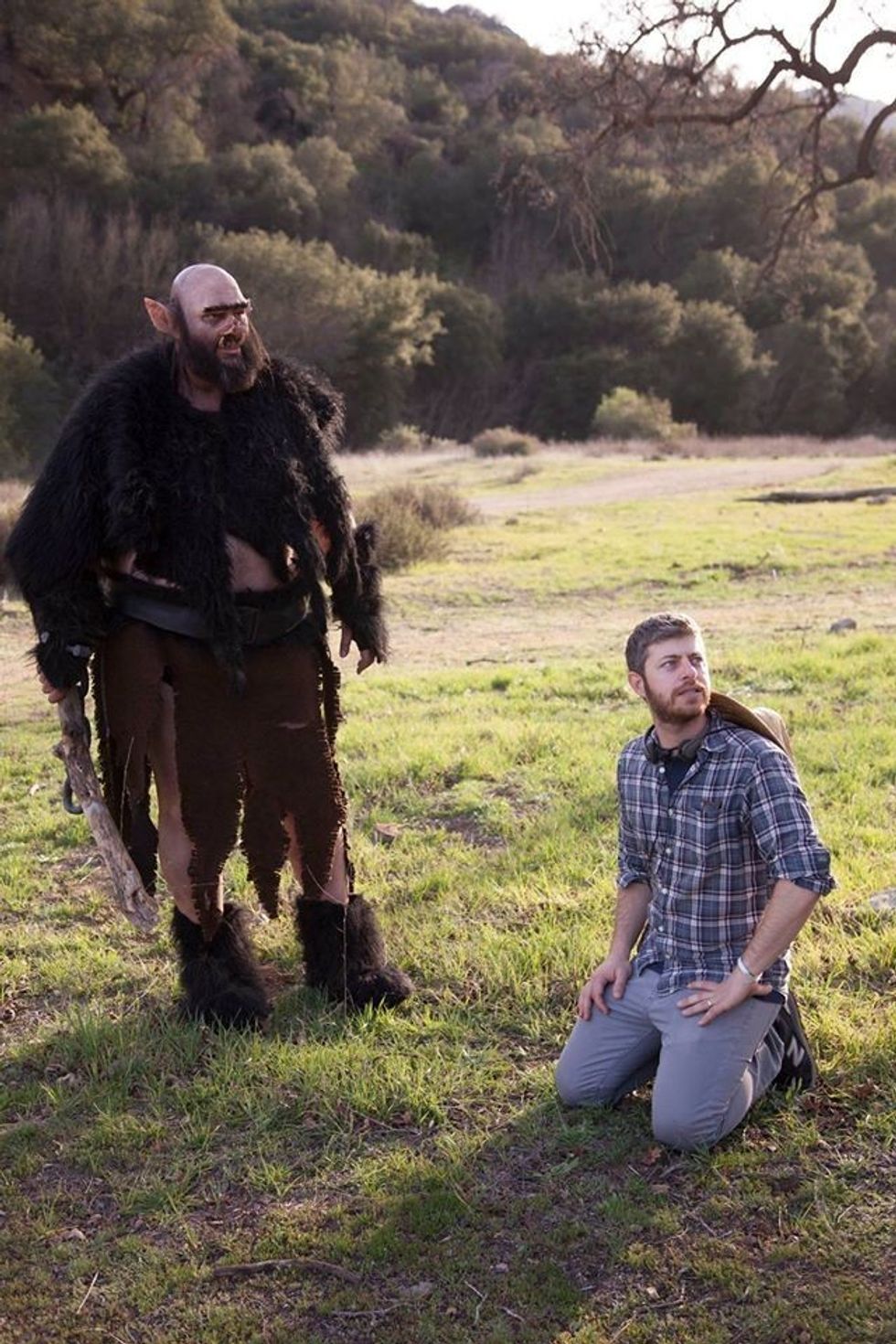
Make a Cheat Sheet
Daniel Sheppard (Commercial Director)
Every night before a shoot day, I’ll take my storyboards and make a little spreadsheet with rudimentary blocking, performance, continuity or post notes. Things as simple as: “Make sure woman puts the cup down in this shot.” Or: “Guy must look off screen after saying his line here!” Or: “Frame wider to add handheld in post”.
I consider this to be like reviewing or studying before a test. Most of the time these notes do not offer me anything on the day, but merely a cheat sheet or a reminder to look at before every shot. What it does do is make me feel like I have the small details covered so I can focus on the bigger stuff all the while being more present and light on my feet when trying new ideas on the fly.
Also, I frequently send my boards to the editor in advance to make a quick animatic. This helps a ton on the shoot day so I know how quickly the actors need to say their lines to save time for the comedic beats.
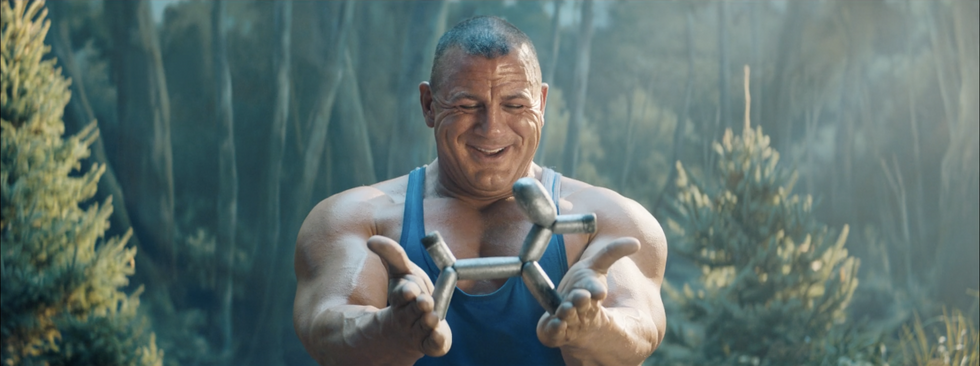
Have Actors Speak the Objective
Kelly Landry (Starter Pack, Guilty Party)
In rehearsals, if a young or new actor is having a hard time connecting to a scene or if a scene feels a little unmotivated, I have the actor choose one "OBJECTIVE SENTENCE" that helps define why this scene is important to their character or what the character wants from the scene.
Some examples: "Love Me", "Leave me alone", "Tell me the truth", "Let me make you happy".
I then have the actor run the scene saying the objective line in character before EVERY SINGLE line of dialogue. For example if a line of dialogue was "Hey, how have you been?" and the actor decided their objective was "Love me." They would say "Love me. Hey How have you been?"
It's amazing how saying the objective sentence before every single line, informs the words that come after it. Actors often discover new thoughts from this exercise because it forces them to let go of any choices or rhythms they had already cemented into the scene. It shakes things up a bit and helps an actor connect to their motivations without getting too in their head. This technique can even be used for a take or two while filming close-ups. Just make sure there's enough of a pause between the objective sentence and the dialogue and you can cut out the objectives in the edit.
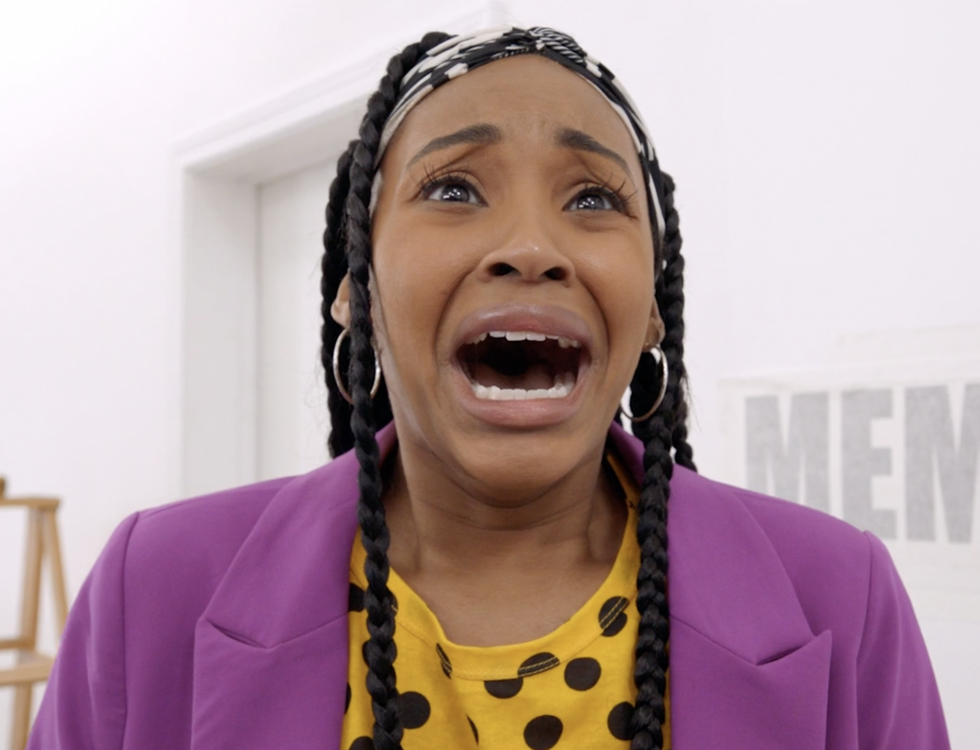
Take a Moment, Absorb the Details
Carla Dauden (Commercial Director)
Before every take, breathe. Look at the monitor and take a moment to think about the frame and the action. Really take that moment - watch the colors, the details, the talent, the set, and the light. It seems like a no-brainer but I still have to remind myself of that every now and then. When you are on a tight schedule you can easily get carried on by other things and forget to touch base with yourself, so make sure you are happy with everything you see before you go for a take.
If something crosses your mind on set don't put it aside.
Silly things like "should I make sure this is the right frame rate," or "wonder if I should do a take from that side instead" -- take those thoughts seriously. Sometimes with all the pressure on set you end up ignoring them, and there's a high chance you will regret doing so in the edit. You probably won't get a second opportunity to shoot and if something crosses your mind, it's probably for a reason.
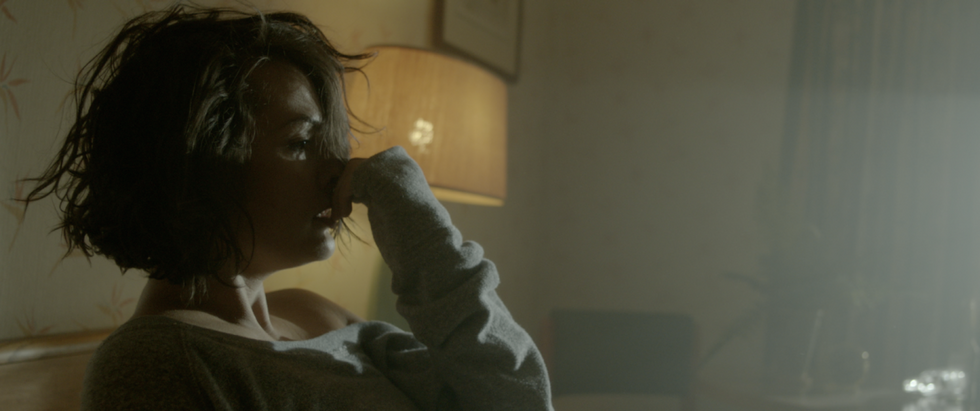
Mind and Body
Kirk Larsen (Mr. Student Body President)
I like to meditate before a big shoot -- especially on a multi-day shoot. Nothing serious, just some breathing exercises.
The day before a shoot, I do so much prep that I know what we're doing inside and out. Going in with a robust plan means when reality deviates from the plan, you've already got a contingency in place. I also make sure to get a good workout in, so I have some leftover endorphins. I make sure to stay hydrated, eat at normal intervals, and not to over-caffeinate.
Keeping my mind and body in a healthy place makes sure that I’m firing on all cylinders on set.
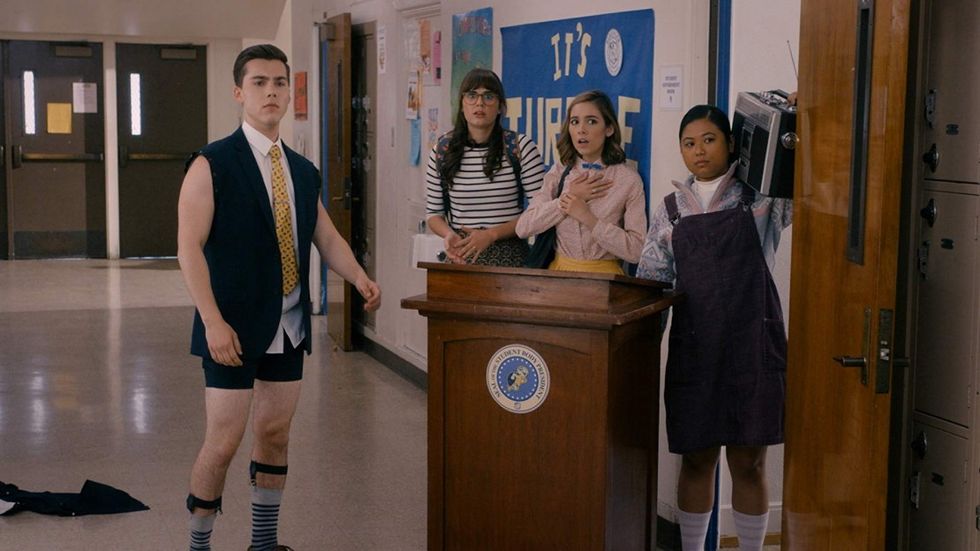
Know Your Universe
Paul Bonanno (Hidden America)
Whether it's a film or a thirty-second ad, there are two things you should have clearly defined before each shoot.
- Know the rules & logic of the universe you're creating. That way when you're on set and inevitable changes need to be made, you'll know what alterations to the script will and won't work within the logic of the world. When you really know the logic of your piece, you will know when an actor’s performance needs adjusting, or why that joke isn’t landing, or why that shot is just wrong.
- Create visual themes and define them. You don't need to tell the crew that the negative space in your composition is meant to convey the emotional loss of the main character's innocence for the Puppy Bowl segment you're directing. It’s fine to be as insanely pretentious as you want in your own mind. Just know why you want that dolly move, lighting cue, depth of field change, splash of color, etc.
When you combine these two things, you bring a cohesive vision to your project. The rules and logic merge together with your visual themes.
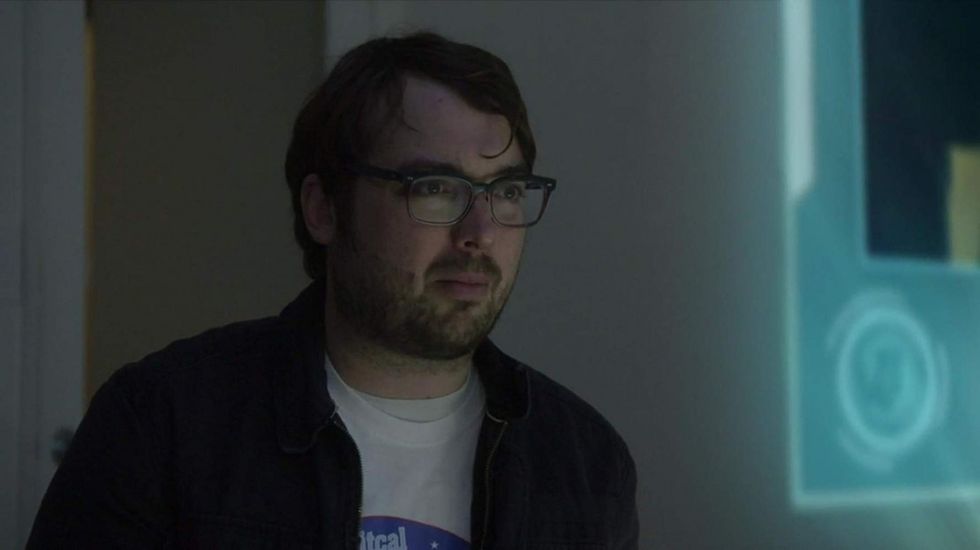
Never Forget
Nick Corirossi (Funny or Die, Deep Murder)
My tip is simple: Remember everything you learned in film school.
I’ll personally never forget the theory behind Al Pacino’s classic “And Justice For All” that was taught to us in all. Something about checkerboard floors.
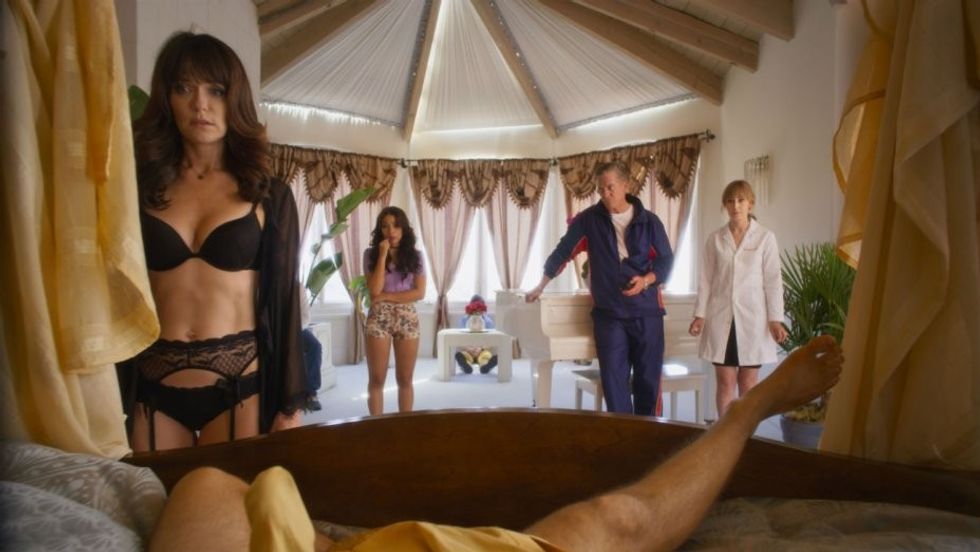
Thanks to all of these amazing directors for contributing to this article!
